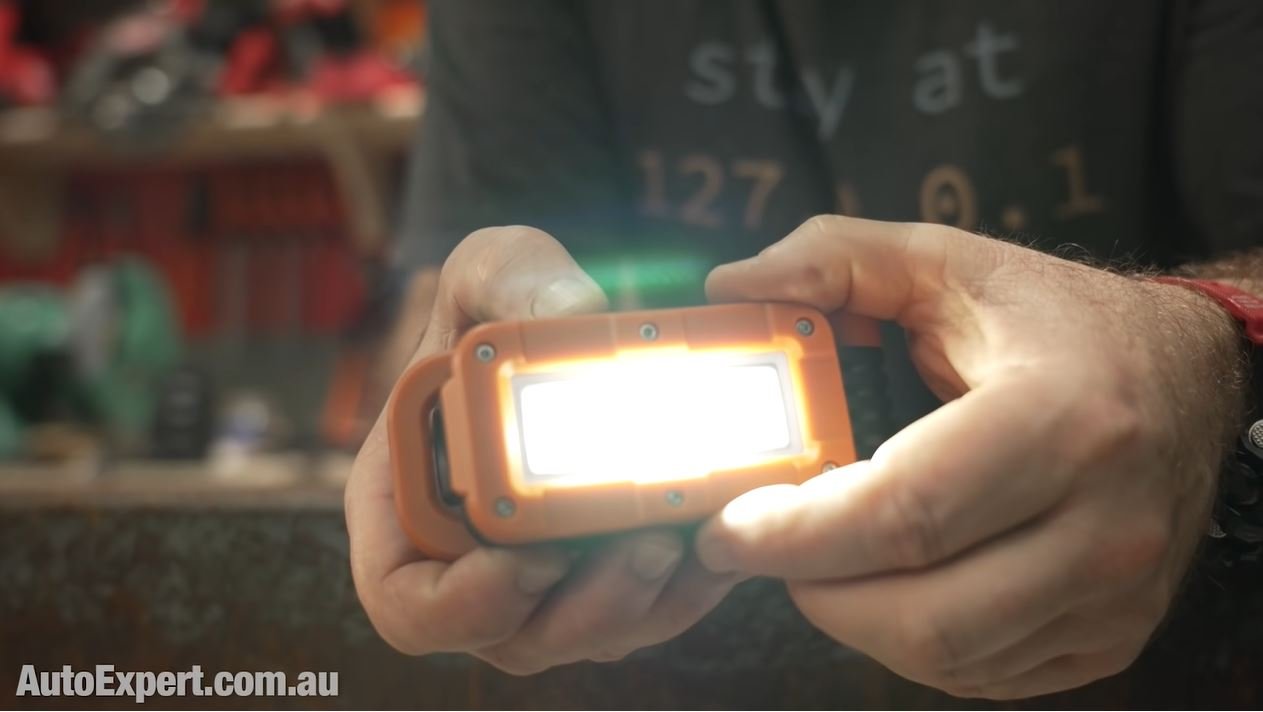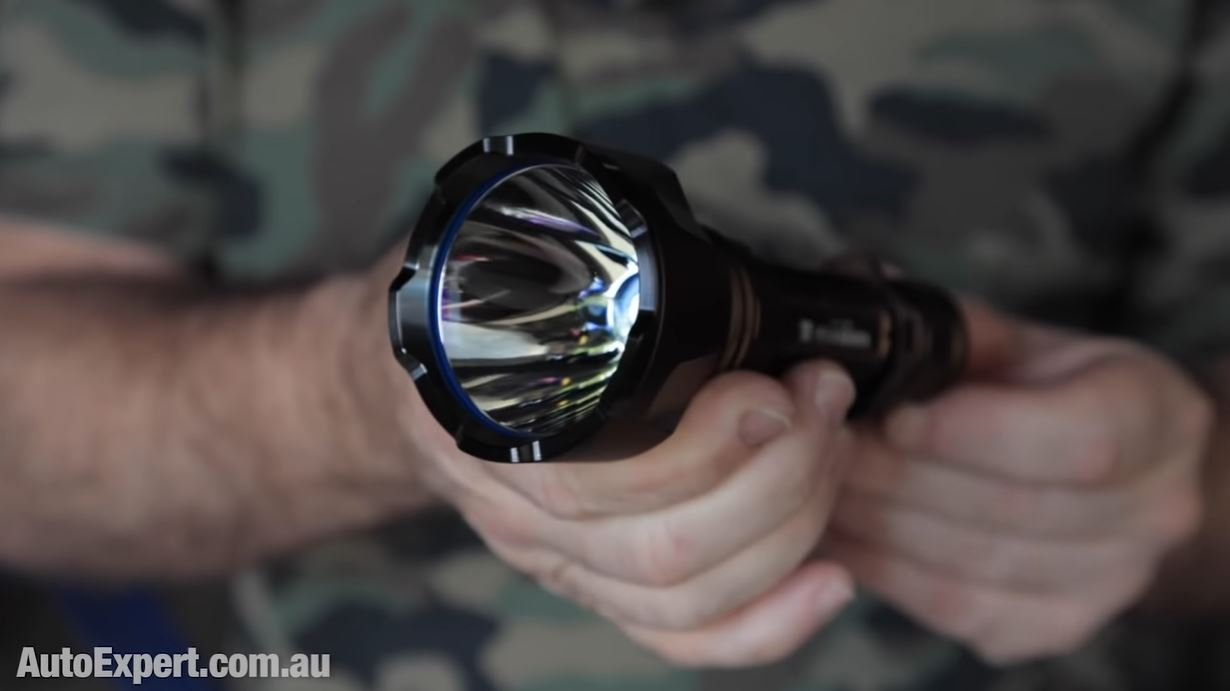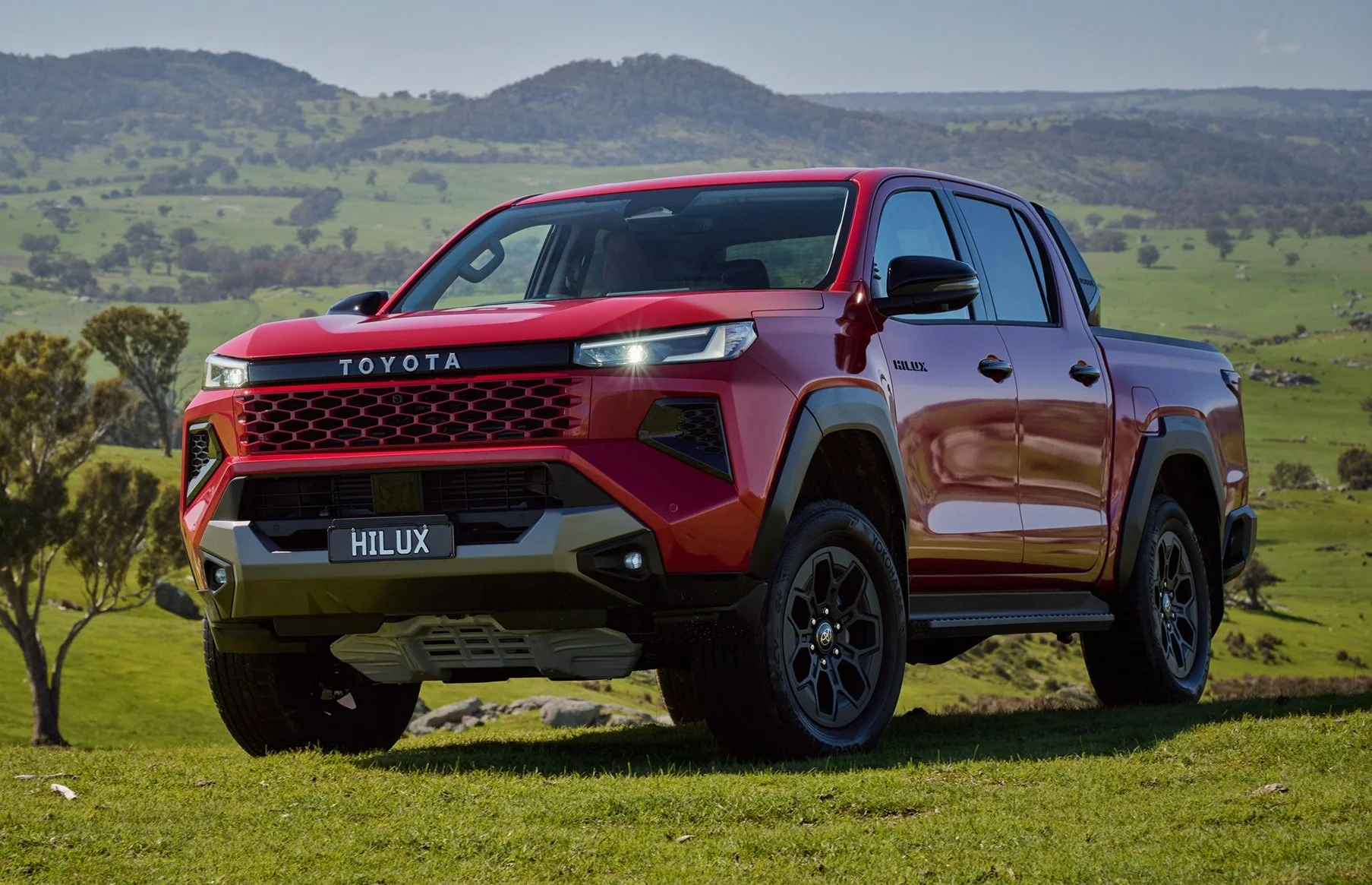Mitsubishi Australia class action for fuel economy deception claims
Mitsubishi Australia has been caught in the ultimate carmaker catch-22. They’ve potentially broken the law by complying with another law. Now, they’re being sued. Here’s why…
Mitsubishi Motors in Australia is looking down the barrel of a multi-million-dollar class action lawsuit because of the compliance that created their non-compliance. This is beyond absurd.
Class Action specialist, Bannister Law, has fired a broadside into Mitsubishi Australia late last month, on behalf of owners of model year 2016 to 2018 Tritons, who bought their utes between May 1st, 2015 and 25th November this year.
Allegedly, the fuel consumption labels on the windscreen and the claimed consumption in the Triton brochure is false and misleading, because it’s lower than that which an owner might experience in reality, out there on the road. Who knew?
Bannister Law, which you might remember from Volkswagen’s criminal ‘Dieselgate’ class action >>, makes some vaguely worded claims about the ADR fuel consumption tests not being conducted properly, allegedly.
They further allege the affected vehicles are defective, because they don’t match the description made about them, which is a breach of consumer law. And they further allege that owners have suffered loss or damage as a consequence.
Mitsubishi Australia, unsurprisingly, takes a somewhat different view on this, as you might expect:
Lawyers are always entertaining. But the real story here is about the underlying absurdity of this action.
In 2017, a dude named Zelko Begovic bought a Triton GLS, and got increasingly upset because it never achieved the fuel economy on the label. Seems like fuel consumption OCD at this point, in my view.
Mr Begovic kept all 19 his fuel receipts over 17 months, which seems vaguely obsessive to me, to substantiate this Triton fuel consumption disparity.
Mr Begovic then hired a barrister and the engineering director of ABMARC, he got a report, and went to the Victorian Civil and Administrative Tribunal, or VCAT.
The VCAT found for Mr Begovic, then ruled that the sticker on the windscreen was in breach of consumer law, being “misleading and deceptive” but, quite importantly, he did not rule that the vehicle itself was defective. Go figure.
As a consequence, Mr Begovic was awarded a full $39,500 refund, but Mitsubishi appealed in the Supreme Court, which overturned VCAT’s ruling that the vehicle was not of acceptable quality and didn’t match the description made about it.
Inconveniently, though, the Supreme Court found the fuel label was misleading or deceptive. And, of course, because fun of this nature never ends, Mitsubishi plans to appeal.
Only the lawyers win in all of this, obviously. Just like in Mercedes-Benz’s dealer lawsuit >> recently.
My AutoExpert AFFORDABLE ROADSIDE ASSISTANCE PACKAGE
If you’re sick of paying through the neck for roadside assistance I’ve teamed up with 24/7 to offer AutoExpert readers nationwide roadside assistance from just $69 annually, plus there’s NO JOINING FEE
Full details here >>
AutoExpert DISCOUNT OLIGHT TORCHES
These flashlights are awesome. I carry the Olight Warrior Mini 2 every day - it’s tiny, robust, and super useful in the field or in the workshop. Olight is a terrific supporter of AutoExpert.
Use the code AEJC to get a 12% discount >>
FUEL CONSUMPTION BASICS FOR CONSUMERS
Just so you understand how this works, that fuel consumption testing Mitsubishi is defending against, it’s done to a standard called Australian Design Rule 81/02 >>.
This means every test is done in an accredited laboratory, to a highly detailed and scientifically precise standardised procedure.
Essentially, it cannot be faked - mainly because owners of such laboratories fiercely guard against any conduct that would cause their multi-million dollar business models to collapse.
I used to work in a NATA-registered laboratory, doing destructive testing, and they took compliance of that nature very seriously. It’s quite hard to achieve (and maintain) NATA registration.
The purpose of standardised fuel economy testing is so that potential buyers of vehicles can compare (for example) Hilux to Ranger to Triton to BT-50, and see which one performs more frugally on fuel. It also stops the car industry from being the wild, wild west of bullshit fuel consumption claims and counter-claims. In this sense, it works well.
Potentially tens of millions of vehicles sold in the last 20 years, by every brand, have used the allegedly misleading fuel consumption stickers.
The purpose of this testing is specifically not to enable the likes of Mr Begovic to go on a modern-day fuel-frugality witch hunt, to see if their car can match the fuel consumption figure derived in the lab. That’s not what it’s designed to inform you of and it never has been.
ADR fuel consumption figures are a simple comparison tool, not an absolute indicator of exactly how much fuel your vehicle will use when you drive it - because that would be an impossible case to produce accurate data for.
You could have some sympathy for Mr Begovic, however, because the people who derived the standard knew at the time, as I understand it, and those who administer it today, again as I understand, they know that the testing procedure is wildly optimistic when viewed in the context of real-world consumption achieved by actual owners. Typically the figures are 20 to 30 per cent optimistic, and despite the pretty clear disclaimers - it is misleading.
However, if the bureaucrats had simply made the test parameters more realistic, or even slightly pessimistic, all this consumer dissatisfaction would be erased, and all of that latent obsessive compulsive disorder in society would have to find another target of opportunity.
Carmakers are specifically not permitted to quote fuel consumption for their vehicles other than the numbers derived in the official laboratory tests. This is not cheating; this is what strict compliance with standardised regulations actually looks like.
It would be shocking if we later found that Mitsubishi had misrepresented the tests, or if the tests themselves had been subverted or are found to be otherwise flawed. But I guess anything is possible.
Just one other point for consumers here is, when a company sells something, it’s illegal for them to make false or deceptive claims about it. To sell something as a genuine branded article when in fact it’s just a cheap replica using the same design and function.
HOW COULD THIS CASE BE RESOLVED?
What is yet to be fully determined by the court process is whether it was done maliciously and knowingly, in total ignorance, or without harbouring any intention to deceive. But you can also do it without knowing that it’s false or misleading.
And the illegality of such a deceptive falsehood doesn’t have to be driven by (or linked to) an underlying intent to deceive. It’s still illegal.
This is quite unlike some crimes, where you have to fail the ‘mens rea’ test to commit them.
The Supreme Court has found that Mitsubishi did not intend to mislead or deceive Mr Begovic, but that the label - which is legally required and required to display numbers in accordance with a strict scientific standard - is deceptive and misleading.
Mitsubishi appears to have faithfully complied with the rules and regulations of ADR testing, as required to, and yet also violated Australian Consumer Law, specifically by virtue of following those homologation standards and laws.
These laws are not optional or open to interpretation. There’s no loophole.
Here’s how Bannister Law officially puts its case:
The sad irony is that the Bannister Laws and Maurice Blackburns of this world could find themselves acting on behalf of all of us vehicle owners who have ever been misled and deceived in this way.
The damages here could be in the billions, because the status quo of misleading and deceptive labels has been going on under a Federal Government mandate for at least three decades now. And Consumer Law is about to enjoy its eleventh birthday. This could be the biggest class action ever, as all fuel economy labels are, in my estimation, equally misleading and deceptive. And they were on every single vehicle sold for years, millions of cars.
In fact, it’s probably in the vicinity of 12 or 13 million vehicles that have been sold with allegedly deceptive and misleading, yet officially mandated, fuel consumption labels. We all deserve our money back, clearly. Sign me up.
This would of course open the legal floodgate to carmakers suing the Federal Government for damages incurred as a consequence of following a law requiring them to behave so deceptively and misleadingly. Lawyers really are the best.




















The MG ZS is a small SUV that offers such strong value to most buyers that it should be on your shortlist be default, even when shopping for a used car. But given that no car is perfect, the price could easily distract from its drawbacks.